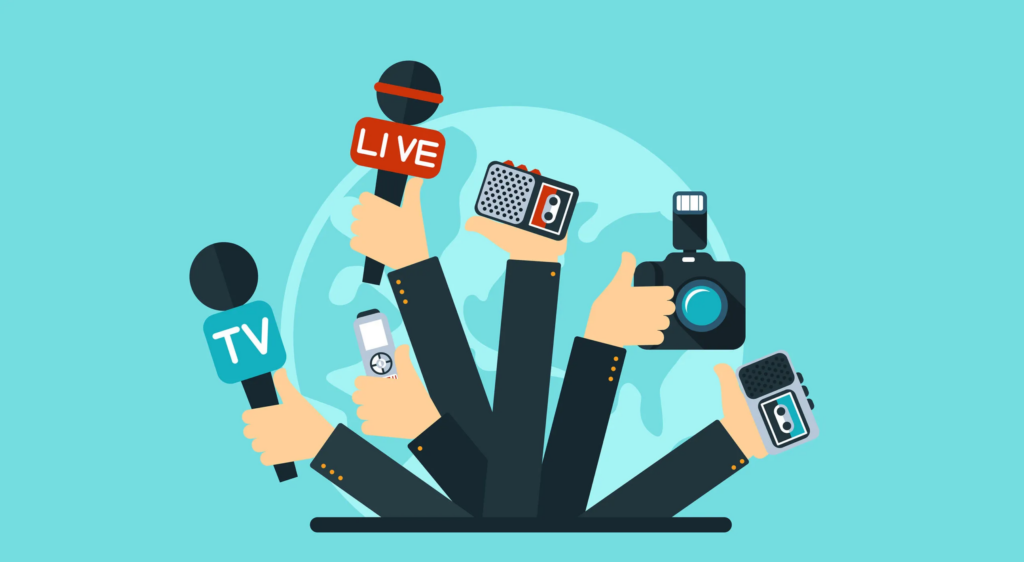As I dive deeper into the realm of media literacy and digital engagement through EDCI 338, I find myself considering the intricacies of navigating the digital landscape, particularly when engaging with a public audience. In today’s interconnected world, where information travels at lightning speed and (perhaps too many) opinions are widely available, I’ve seen how the risks and benefits of engaging with a public audience in a media space are both heightened.

Firstly, let’s look at the risks, which are increased for individuals in positions of trust, including educators, influencers, or even government officials. For a public figure, their actions and words are under constant scrutiny, making them vulnerable to criticism, misinformation, and even harassment. The spreading of false information or the misinterpretation of their message can tarnish reputation and credibility, potentially jeopardizing professional relationships and opportunities in the future. Below is an example of how responding to negativity poorly can be, shall we say, unpresidential.
However, amidst the challenges lie numerous benefits of engaging with a public audience in a media space. By sharing knowledge, insights, and perspectives, individuals can foster meaningful connections, amplify their voice, and drive positive change. For educators, it creates an opportunity to extend learning beyond the classroom, engaging students (and colleagues) in thought-provoking discussions. Similarly, lawyers and government officials can use social media platforms to enhance transparency, solicit feedback, and bridge communication gaps with the public. Below is the example of Jeff Jackson, Congressman in the US. While he has come under fire recently for voting in favour of a TikTok ban, I believe this is a great example of how social media can be used by governments for transparency.
PLN’s and Media Literacy
I believe that central to navigating this digital landscape is the presence of a strong Personal Learning Network PLN that values media literacy. A PLN made up of individuals that are able to critically evaluate media content, identify credible sources, and engage in respectful discussion can offer support and guidance. By exchanging ideas, sharing resources, and challenging assumptions, members of a media-literate PLNs help each other to embrace the complexities of the digital world with confidence and integrity.
In conclusion, as I reflect on the risks and benefits of engaging with a public audience in a media space, I am reminded of the profound impact of media literacy on shaping digital interactions. By growing our media literacy skills, embracing diverse viewpoints, and fostering a supportive PLN, we can navigate the online world with clarity, resilience, and purpose. As we continue to evolve in this ever-changing digital landscape, it is important to stay committed to responsible digital citizenship and informed engagement.
Recent Comments